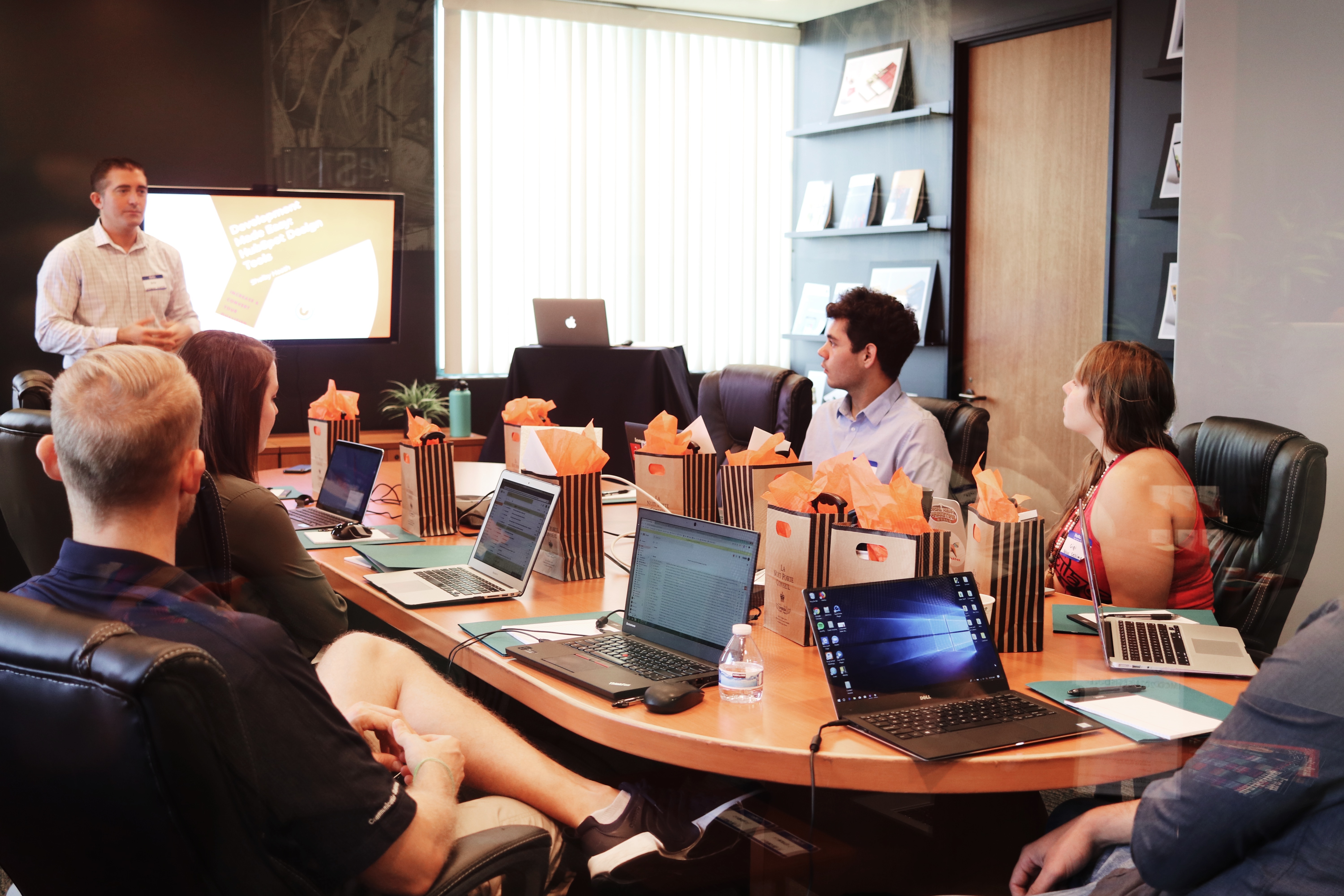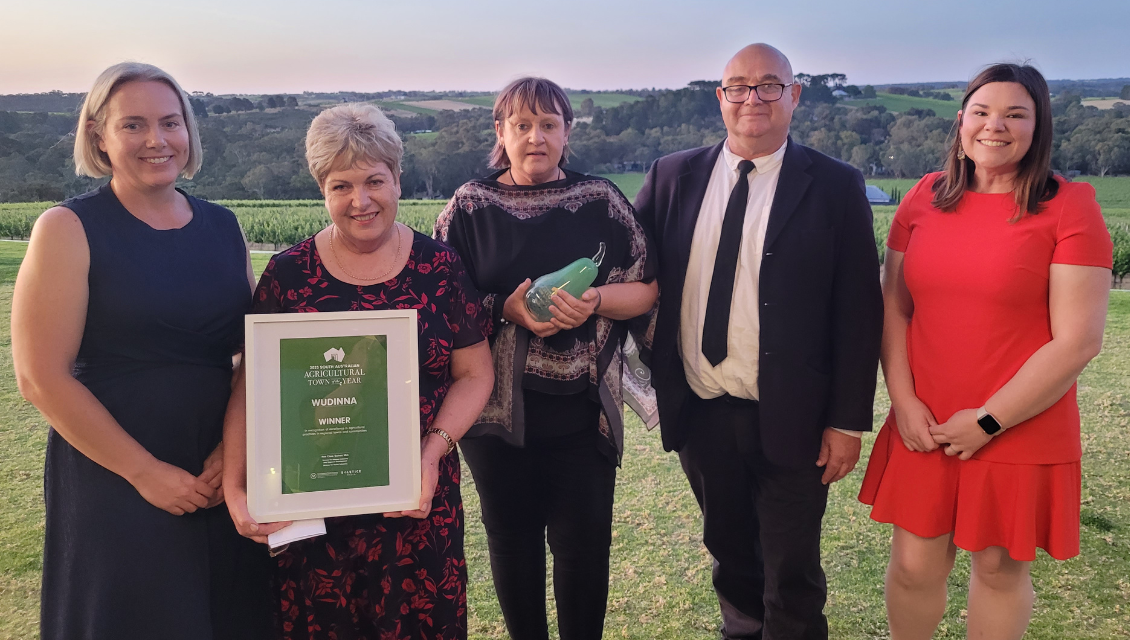
When asked about how Lot Fourteen compares to other knowledge precincts, tech hubs and innovation districts around the world, the district's State Innovation Places Lead Di Dixon (pictured above) references the speed at which development has occurred, which globally is not the norm.
“We demolished a hospital, retained the historical elements and created a juxtaposition with the hi-tech, defence, space, cyber and creative sectors," says Ms Dixon.
"Our offering is way more than your average new build on a greenfield site out of town.
“Lot Fourteen’s success has been to consistently focus on activation, programming and setting up an environment where people move around its physical structures and are exposed to those from other, compatible sectors.
She says Lot Fourteen has broken down silos through the curation and co-location of more than 160 organisations onsite.
“The rest of the country, and some of the world, are watching Lot Fourteen for that reason. They look in awe at the rapid transformation of the site in the heart of a city," says Ms Dixon, who often escorts international delegations and dignitaries, including Prime Ministers and military heads, around the innovation district who are looking for the magic formula for economic growth.
“Getting the right anchor tenants conveyed confidence from the get-go, which has then attracted the companies who need to both attract and retain workforces post-pandemic and during times of global skill shortages.
“Now, we need to maintain that momentum. Bring new infrastructure online and focus on growth, increased productivity and retention.”
Why innovation districts
Despite being the world’s 9th largest economy, Australia has a low and declining economic complexity rating of 93 out of 133 countries. We are the lowest-ranked OECD country on the index.
Innovation districts are a viable part of stimulating economic complexity, where research silos are broken down, local strengths leveraged, new technologies envisioned and built and where collaboration, innovation, entrepreneurship and creativity collide.
Global research from the Brookings Institute shows that innovation districts are instrumental in driving productivity, economic and job growth, social prosperity, sovereignty and industry resilience.
The Brookings Institute also outlines how innovation districts represent a radical departure from traditional economic development. They help their city and metropolis move up the value chain of global competitiveness by growing the firms, networks and traded sectors that drive broad-based prosperity.
While the Australian Innovation System Report states that innovation district collaboration is associated with a 70 per cent increase in the likelihood of new-to-world innovation and a 32 per cent increase in the likelihood of new-to-Australia innovation.
This is backed up locally, with a recent survey carried out by the Department of the Premier and Cabinet in South Australia finding that businesses at Lot Fourteen, Tonsley Innovation District and Adelaide BioMed City, revealed that nearly 80 per cent introduced new goods services, processes or business models in 2022.
Of those innovations 54 per cent were ‘new to the world’ with 13 per cent of innovations new to Australia.
So what's the plan?
With $9.5 billion state and federal government investment into South Australian innovation places to date, a centralised strategic vision and policy position is being put together by Ms Dixon’s team.
In a first for Australia, the Innovation Places Leadership Framework will be launched this year.
“For South Australia to be recognised as a thriving and globally competitive innovation state, we must build on our economic strengths and assets,” says Ms Dixon who has spearheaded the creation of the new Framework to realise the state’s economic vision.
“Currently, while connections exist between the state’s innovation places and economic hubs, such as innovation districts, business parks and manufacturing precincts, they have mostly operated independently.
“South Australia has been built on strong networks and collaboration, and leveraging the investment into innovation places has the ingenuity to make a significant contribution to the state, national and the world’s economic future.”
This story originally appeared in Lot Fourteen's Boundless Magazine and is reproduced here with permission.






